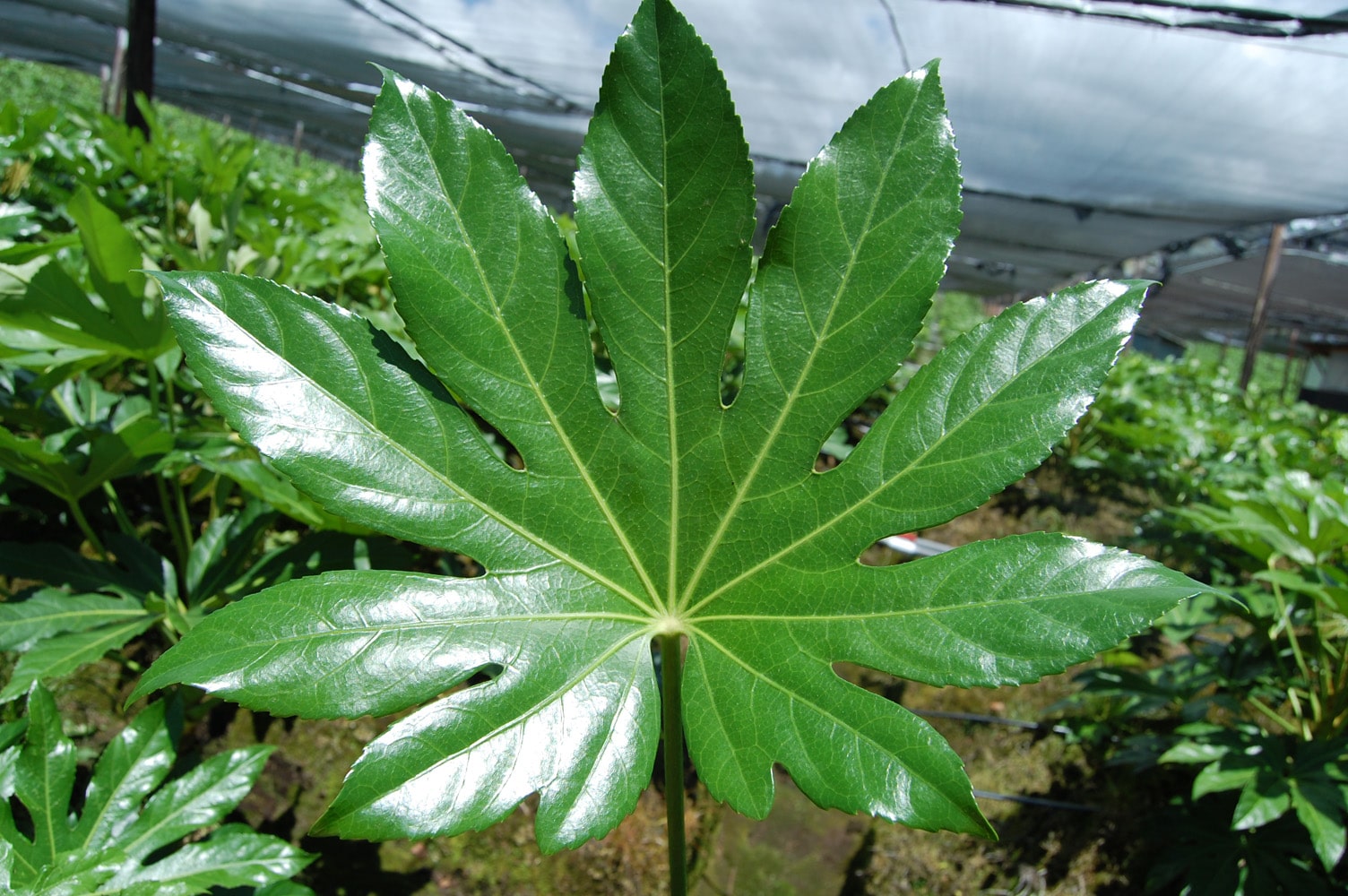
Image - Wikimedia / Araliacostarica
A very curious and beautiful plant was imported from Japan and China: the Aralia. Its leaves are webbed, bright green in color, and it has the peculiarity that it can grow very well indoors, where it will beautify any room where a lot of natural light enters.
Here is your care guide so that your plant can be as healthy as the first day 🙂.
Origin and characteristics of aralia
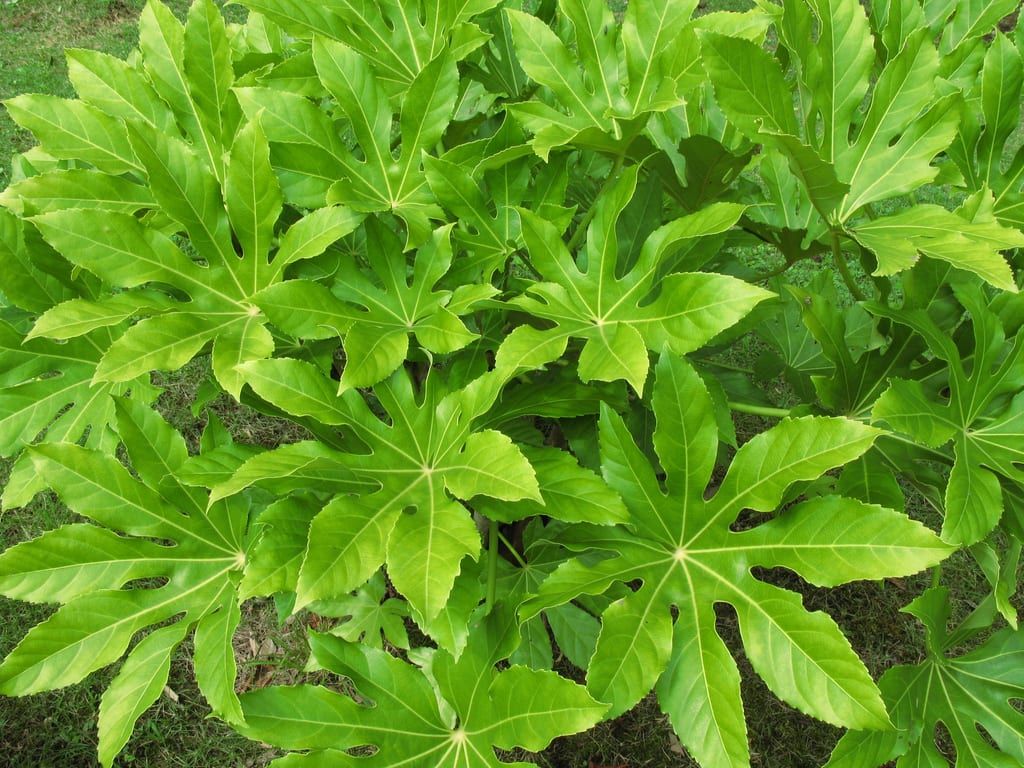
Image - Flickr / TANAKA Juuyoh (田中 十 洋)
Before moving on to care, let's first know what its characteristics are. So it will be easy for you to identify it when you want to buy it. Well, our protagonist is a shrub or evergreen tree endemic to Japan, where it grows at altitudes below 200 meters. It can reach a maximum height of 5 meters, with branched stems.
The leaves are simple, palmately lobed, glabrous, leathery and 10 to 30 centimeters in size. The flowers are grouped in terminal panicles of umbels of 20 to 40 centimeters, and are hermaphroditic, greenish-white in color. The fruit is a globose drupe, which measures 0,5cm in diameter and is blackish when ripe.
Caring for the Fatsia japonica
The care that the Aralia needs, known by the scientific name Fatsia japonica, They are:
Location
Being very sensitive to frost, if you live in a climate where the temperature drops below 0º it is important that you have it inside the home, in a bright room and away from drafts.
If, on the other hand, the climate is mild, you can have it outside, in the shade but not totally.
Transplant
If you want to plant it in the garden, you should do it in spring when the minimum temperature is higher than 15ºC.
If you have it in a pot, transplant it to a larger one when you see the roots come out of the drainage holes, or when more than two years have passed since the last transplant.
Earth
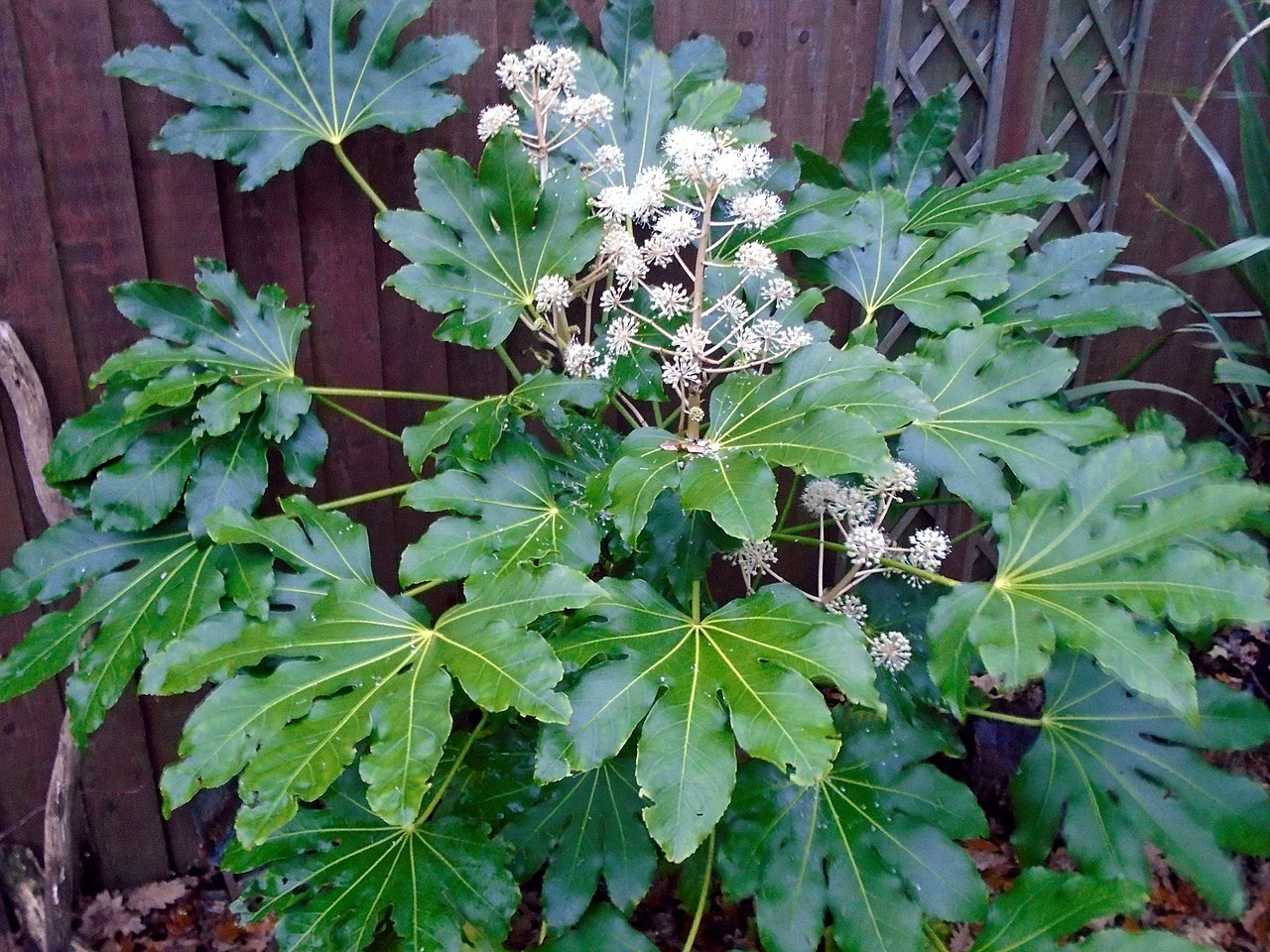
Image - Wikimedia / Orengi Harvey
- Flower pot: highly recommended to use universal culture substrate mixed with 30% of perlite so that the drainage is good.
- Garden: grows in soils rich in organic matter, light and preferably somewhat acidic.
Irrigation
Generally, It should be watered about twice a week in summer, and every 5-6 days the rest of the year. If it is in a pot, do not leave the water in the dish for more than 30 minutes, as the roots could rot.
It is important that you water until the soil or substrate is damp. Also, avoid overwatering, checking the soil moisture in case of doubt with, for example, a thin wooden stick or a digital moisture meter.
Subscriber
During the warm months it is advisable to fertilize with mineral or organic fertilizers. You can even use a month one, and a month a different one so that no nutrient is lacking.
The most recommended for its rapid effectiveness are the guano (on sale here), or the specific one for green plants (for sale here). Follow the directions specified on the package so there is no risk of overdose.
Pruning
It's not necesary. Remove only the wilted leaves with common scissors (they can be those for the kitchen itself, or those for crafts that children use) previously disinfected with pharmacy alcohol or cleaned with a wet baby wipe.
Plagues and diseases
It can be affected by cottony mealybugs, which are deposited on the stems and leaves during the summer. You can remove them by hand or by using a swab from the ears dipped in water with pharmacy alcohol.
Regarding diseases, if it is watered excessively or in very humid environments the mushrooms such as Phytopthora or Pythium will rot their roots. To avoid this, it is necessary to control the risks, avoiding waterlogging. If it is outside, during the rains it is not enough to give it preventive treatments with sulfur or with fungicide spray.
If there are already symptoms, that is, if brown spots have appeared, or the leaves fall 'for no reason', remove it from where you have it, wrap the soil bread / root ball with absorbent kitchen paper for a day, and after that time, plant it again. Treat it with fungicide, and reduces risks.
Multiplication
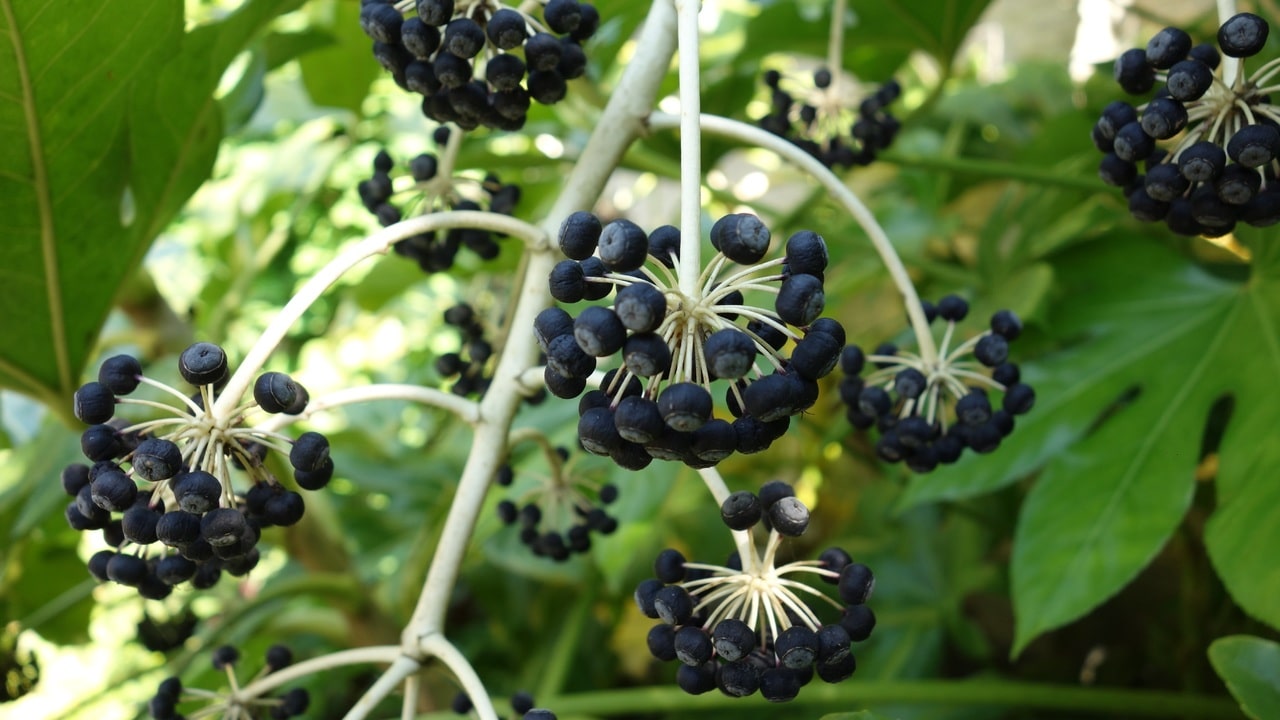
It multiplies by seeds and cuttings in spring.
Seeds
The seeds are recommended to be sown in seedling trays (on sale here) with universal substrate mixed with 30% perlite, putting a maximum of two units in each alveolus. Bury them a little, enough so that they are not exposed, and water.
Keep the seedbed near a heat source, and with the substrate moist. A) Yes will germinate in about 15 to 20 days.
Cuttings
To multiply it by cuttings you have to do the following:
- First, cut a branch about 10 centimeters long with previously disinfected and clean scissors.
- Next, infuse the foundation with rooting hormones (for sale here).
- Then, fill a pot with a mixture of mulch and volcanic sand (perlite, akadama, pumice, among others) in equal parts.
- Finally, make a hole in the center and plant the cutting.
Now you will only have to water and cover the pot with a transparent plastic bag as a 'greenhouse'. Make some holes in it so that the air can be renewed.
You will need to remove the bag daily in order to prevent fungus.
If everything goes fine, at 5-6 weeks they will emit their own roots.
Rusticity
The aralia o Fatsia japonica is very sensitive to cold. Ideally, it should not drop below 10ºC.
What is?
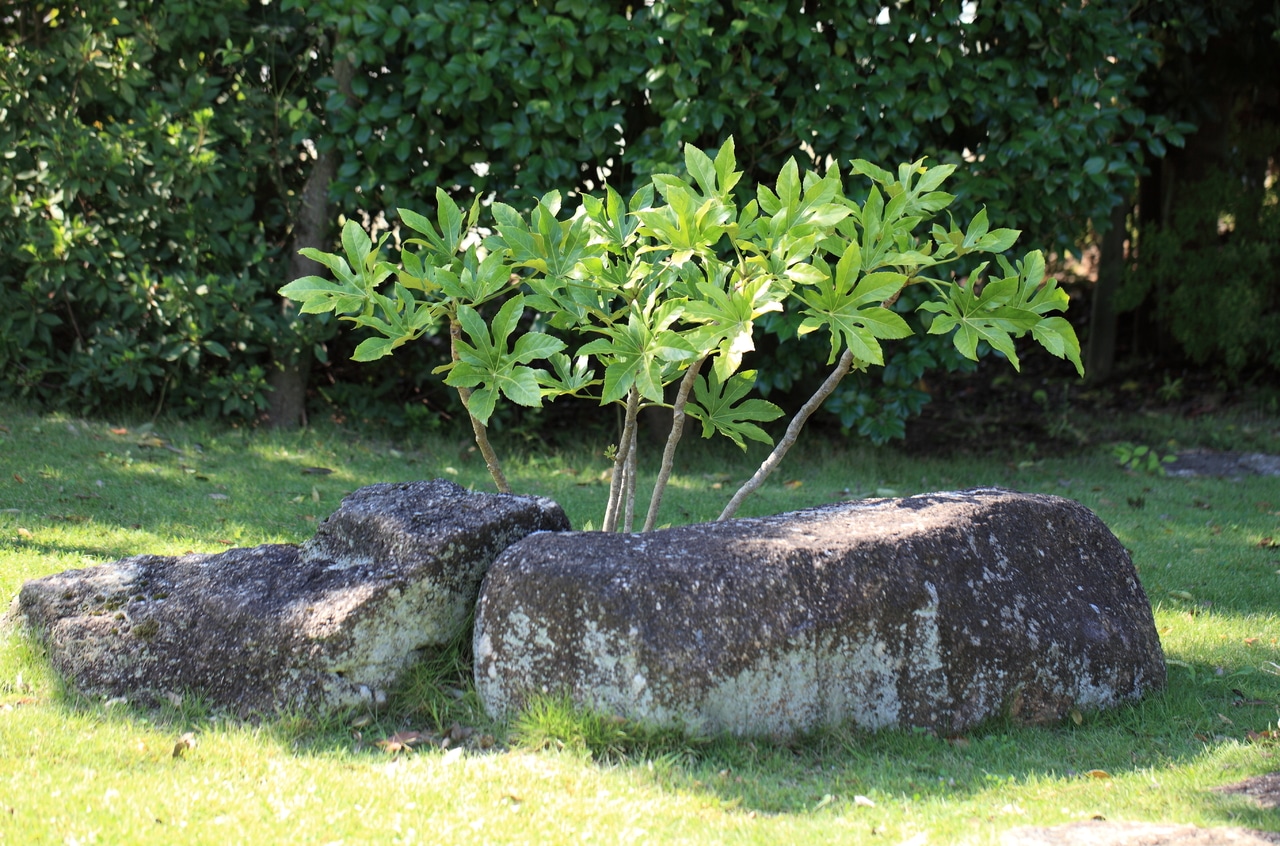
Aralia is a plant that used only as an ornamental plant, either in a garden or indoors. It looks great in pots, as well as hedges.
With these tips, surely your aralia, a plant that can reach up to five meters in height in habitat, but rarely exceeds 2m in cultivation, will be able to grow and develop without problems.
Hello..from Costa Rica.
I grow aralias to export the leaves.
Can I make this plant aquatic? (aralia)
Hi Helaman.
No, it is not possible. Whether a plant is aquatic or terrestrial, or semi-aquatic, depends on its evolution, not on human. And it cannot be changed since that is something genetic.
Regards. 🙂
Hi Schmitt.
Does your aralia get the sun directly? Is that if so, surely it is burning.
It could also be that fungi are attacking it. How often do you water it? It is a plant that, in general, must be watered twice a week during the summer, and once a week the rest of the seasons.
You can treat it with a fungicide that contains copper if you suspect that it has received too much water. It is advisable to get it liquid, since it is packaged in a spray bottle. Thus the use is much easier, since you will only have to spray the leaves with the product.
Greetings.